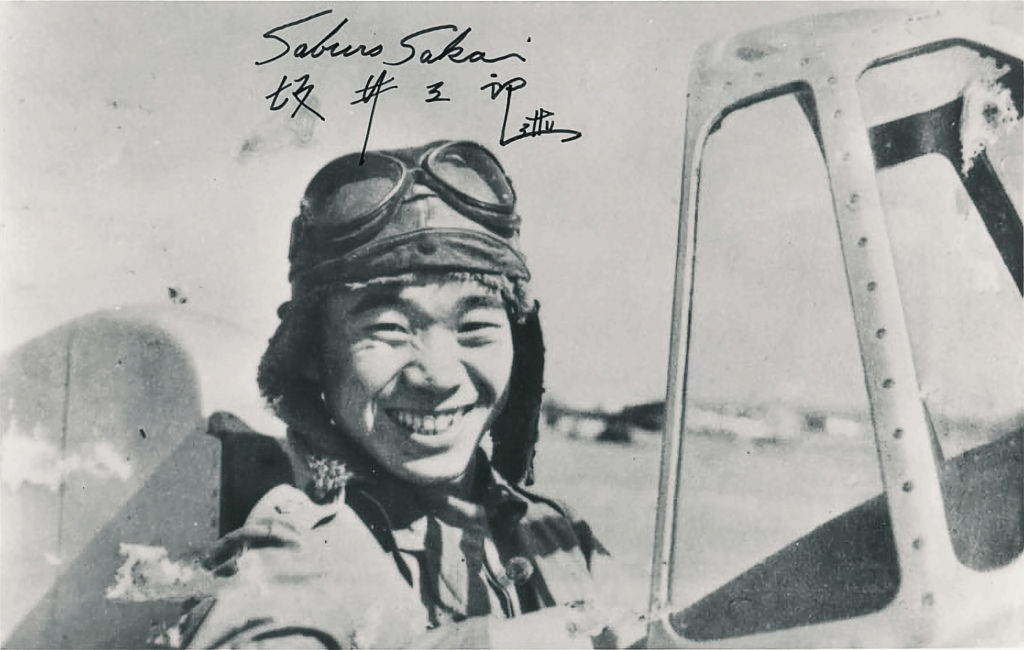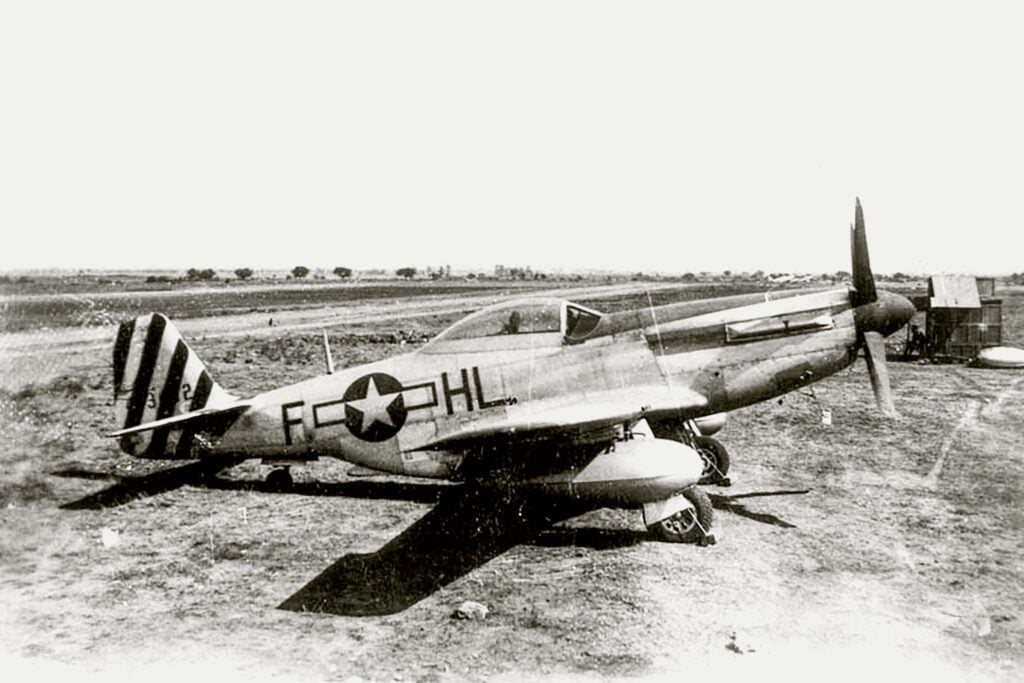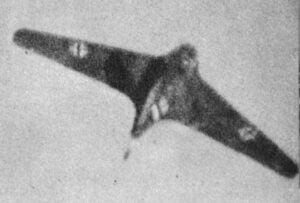How 444 MPH Mustangs Surprised Japanese Pilots Over Tokyo With Drop Tanks

United States Army Air Forces, Public domain, via Wikimedia Commons
In the final months of the Pacific War, long-range escort fighters became essential to protect the heavy bombers striking the Japanese home islands. Many believed such missions were impossible for single-engine aircraft, especially across the vast distance between Iwo Jima and Tokyo. But in early 1945, a combination of new airfields, drop-tank planning, and skilled crews made the P-51 Mustang a true long-range fighter. What happened next changed the air war in ways few expected, including the Japanese pilots who saw the Mustang for the first time above their own capital.
The First Sight of the Mustangs Over Tokyo
On April 7, 1945, Lieutenant Saburō Sakai, one of Japan’s most experienced pilots, climbed in his Zero to intercept an incoming formation. When he looked upward, he saw something he had never imagined: nearly one hundred American single-engine fighters circling high above Tokyo at more than 25,000 feet. These aircraft were polished, fast, and far more modern than anything in Japan’s own inventory. Their presence was a shock. For years, Japanese planners believed that no single-engine fighter could fly from Iwo Jima to Tokyo and return. Fuel consumption and distance made such missions seem out of reach.
Yet 96 P-51D Mustangs had reached the capital with fuel to spare. Each carried drop tanks that extended their range to levels that had previously been considered unrealistic for a fighter. The long-range escort idea, once thought unworkable, was now a decisive tool in American operations.

How Iwo Jima Became the Key to Long-Range Fighter Missions
This achievement began with the hard-fought battle for Iwo Jima. The island, only eight square miles in size, became the center of a costly campaign. American Marines fought intensely through caves, rough ground, and fortified positions. As the fighting continued, engineers worked at the same time to lengthen airfields and prepare them for incoming fighters. Even after major battles ended, some armed Japanese soldiers remained hidden, leading to small attacks while pilots and crews set up living areas among the black volcanic sand.
The first Mustang groups began arriving in March. Many pilots were new to the aircraft, with only a few hours of training. They now faced missions lasting up to eight hours across an empty ocean with no alternate landing options. They relied on strong formation discipline, careful use of fuel, and training in high-altitude fighting. Navigation was also a constant challenge, since any error over the Pacific could prove fatal.

Fuel Planning and the Use of Drop Tanks
To cover the long distance, each Mustang carried internal fuel along with a fuselage tank and two large drop tanks fitted under the wings. This allowed a combat radius near 850 miles. Before engaging enemy fighters, the drop tanks were released, returning the Mustang to its lighter weight and full fighting ability. This meant that a heavily loaded escort fighter could instantly become a fast, responsive combat aircraft once the tanks were gone.
Pilots were trained to monitor every instrument, keep steady power settings, and minimize unnecessary movement. These details were essential for the long flight north, where the smallest mistake could leave a pilot without enough fuel to return.
The First Major Escort Mission Over Tokyo
On April 7, the Mustangs took off at 7:45 a.m. and formed tight formations before heading north. After hours over featureless water, they joined the B-29 bombers near Japan. When Japanese fighters rose to intercept, they found opponents faster, more stable, and far more capable at high altitude than they expected. Sakai later wrote that their speed and firepower made traditional turning tactics ineffective. The B-29s continued toward their targets with far fewer losses, protected by fighters able to break up enemy groups before they reached the bombers.
This mission marked a turning point. Japanese pilots realized that their homeland was no longer beyond the reach of American fighter escort, and the Mustang became a constant presence in the skies over Japan for the remainder of the war.




















